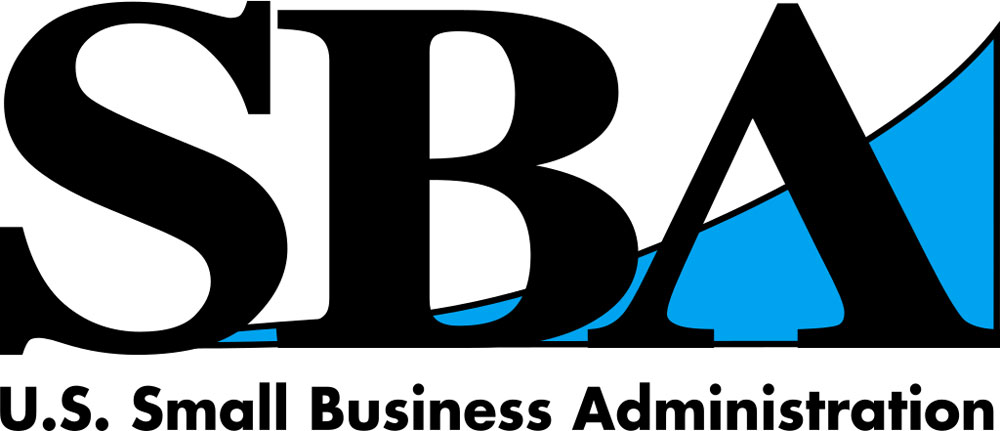
April 26, 2020; CNBC
Let’s be clear about one thing: The federal relief funds dedicated to addressing the COVID-19 crisis are not remedying the gaps left in America’s social safety net. They are a product of the same system that created those gaps, and like anything created by a system to remedy its own failures, they replicate some of the original problems.
Take the loans from the Paycheck Protection Program, or PPP, a $350 billion stimulus that Congress nearly doubled after initial funds lasted less than two weeks. NPQ has written extensively on this program and how nonprofits can benefit from it, and what some of the pitfalls are.
But like any form of financing in the US, the PPP loans are not equitably accessible. It’s common wisdom that getting a loan in “normal” times is more difficult for businesses owned by women or people of color. Credit ratings, relationships with banks or bankers, bad stereotypes, and other factors create barriers to access to business loans and other types of financing. Those barriers, except for credit ratings, largely still apply to the emergency aid.
Ashley Harrington, director of federal advocacy and senior council for the Center for Responsible Lending, says that banks who prioritized applicants with an existing credit relationship—which many of them did—cut out smaller businesses and those owned by historically under-banked communities. Joseph Parilla, fellow at the Metropolitan Policy Program at Brookings, says, “It stands to reason that the way the PPP was structured, approved loans tended to skew toward white-owned small businesses.”
According to an information sheet from the Center for Responsible Lending, “Roughly 95 percent of Black-owned businesses, 91 percent of Latinx-owned businesses, 91 percent of Native Hawaiian or Pacific Islander-owned businesses, and 75 percent of Asian-owned businesses stand close to no chance of receiving a PPP loan through a mainstream bank or credit union.”
Publicly traded companies fared much better in the first round of loans. Hugh Son at CNBC reports that 220 publicly traded companies applied for $870 million, according to a data analytics company called FactSquared. Organizations from Harvard University to Shake Shack have made headlines for refusing or returning the money, but only 11.3 percent, or $98 million, has actually been returned.
Ashford Hospitality Trust, a hotel chain that classified each of its hotels as its own local business, applied for $76 million in 117 separate loans, the most by a single company. An affiliated company, Braemar Hotels & Resorts, Inc., applied for over $34 million.
In a statement released last week, Ashford Inc. (which advises both companies) said:
Sign up for our free newsletters
Subscribe to NPQ's newsletters to have our top stories delivered directly to your inbox.
By signing up, you agree to our privacy policy and terms of use, and to receive messages from NPQ and our partners.
Our companies have not crowded out smaller businesses from receiving funds, as some media reports have suggested. The PPP program was specifically intended for companies like ours. We plan to keep all funds received under the PPP, which were provided as a result of the application process and other specific requirements established for our industry by Congress.
Ashford says they have laid off or furloughed 90 percent of their employees, of whom “many are like family,” and they are taking in first responders, persons experiencing homelessness, and patients, so they need the funds to bring in staff to care for these guests.
The US Small Business Administration is taking some steps to make sure the second round of funding gets distributed to more small businesses; they have limited the amount of relief loans a bank can process to $60 billion, or 10 percent of the $600 billion allocated so far. Sixty billion dollars was set aside for small or midsize lenders, including $30 billion for CDFIs and other small lenders, which should help with smaller businesses but likely still won’t make funding equitably accessible for businesses run by women and people of color.
Even the $1,200 stimulus checks, which were supposed to be a simpler distribution of funds, are more difficult to get for some people. We already learned these checks are subject to debt collection (except in California, where Governor Gavin Newsom (D) signed an executive order preventing banks from garnishing the funds). This weekend, the mayor of San Juan, Puerto Rico, Carmen Yulín Cruz, said that no one in Puerto Rico had yet gotten their stimulus check.
“Money is not getting into people’s hands because of the current local government of Puerto Rico, and perhaps, guidelines that have not been distributed,” said Cruz. “But the problem is not getting the support that we need. The problem is that the support goes to the higher levels of government, and doesn’t reach the people that it’s supposed to reach.”
Apparently, special rules apply in US territories, so Puerto Rico can’t distribute the funds until their plan for doing so is approved by the US Treasury, and that hasn’t yet happened. The payments then have to go out through territory tax authorities, a more complicated process than the one used on the mainland.
Like in every other crisis the island has experienced recently, Cruz said local governments are relying on religious and community leaders to help with things like handing out food. The island has been forced into self-sufficiency by the failure of the Trump administration to provide it with disaster relief and other aid.
This is just another example of the ways in which the relief promised by Congress gets distributed along the same fault lines that exacerbated this crisis in the first place. In order for a truly equitable recovery to take place, we must reorganize systems to prioritize those who need aid the most.—Erin Rubin













